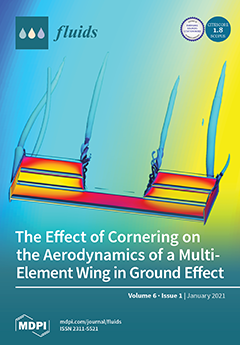This work presents the novel
first-order comprehensive adjoint sensitivity analysis methodology for critical points (1st-CASAM-CP), which enables the exact and efficient computation of the first-order sensitivities of
responses defined at critical points (maxima, minima, saddle points) of coupled nonlinear models of physical systems
[...] Read more.
This work presents the novel
first-order comprehensive adjoint sensitivity analysis methodology for critical points (1st-CASAM-CP), which enables the exact and efficient computation of the first-order sensitivities of
responses defined at critical points (maxima, minima, saddle points) of coupled nonlinear models of physical systems characterized by imprecisely known parameters underlying the models, boundaries, and interfaces between the coupled systems. Responses defined at critical points are important in many applications, including system optimization, safety analyses and licensing. For the design and licensing of nuclear reactors, such essentially important responses include the maximum temperatures of the fuel and cladding in hot channels. The 1st-CASAM-CP presented in this work makes it possible to determine, using a single large-scale “adjoint” computation, the first-order sensitivities of the
magnitude of a response defined at a critical point of a function in the phase-space of the systems’ independent variables. In addition, the 1st-CASAM-CP enables the computation of the sensitivities of the location in phase-space of the
critical point at which the respective response is located: one “adjoint” computation is required for each component of the respective critical point in the phase-space of independent variables. By enabling the exact and efficient computation of the sensitivities of responses and of their critical locations to imprecisely known model parameters, boundaries, and interfaces, the 1st-CASAM-CP significantly extends the practicality of analyzing crucially important responses for large-scale systems involving many uncertain parameters, interfaces, and boundaries.
Full article





